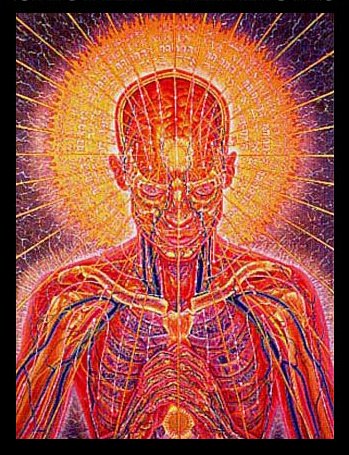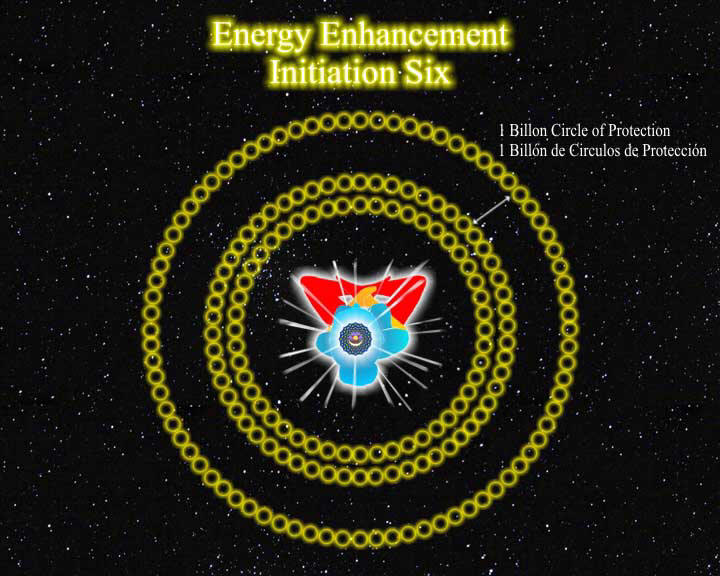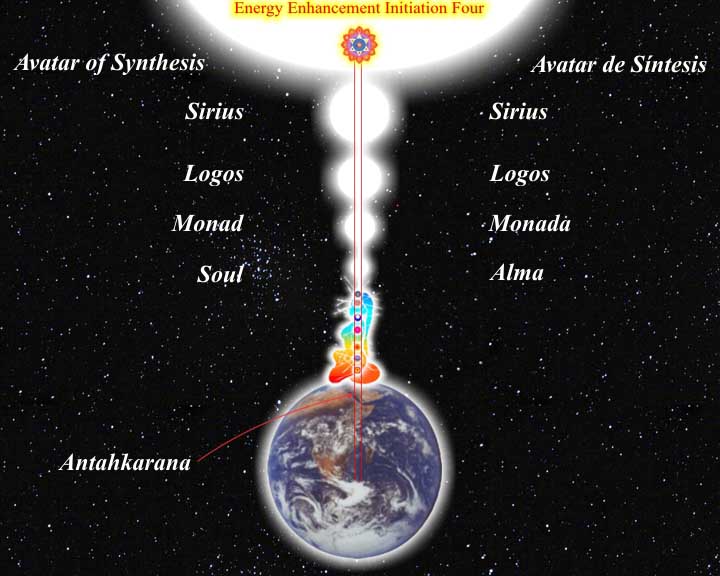HOMEOSTASIS
DEFINITION
Homeostasis is the property of an open system, especially living organisms, to regulate its internal environment to maintain a stable, constant condition, by means of multiple dynamic equilibrium adjustments, controlled by interrelated regulation mechanisms. The term was coined in 1932 by Walter Cannon from the Greek homo (same, like) and stasis (to stand, posture).
BIOLOGICAL HOMEOSTASIS
The term is most often used in the sense of biological homeostasis. Multicellular organisms require a homeostatic internal environment, in order to live; many environmentalists believe this principle also applies to the external environment. Many ecological, biological, and social systems are homeostatic. They oppose change to maintain equilibrium. If the system does not succeed in reestablishing its balance, it may ultimately lead the system to stop functioning.
MAMMALIAN HOMEOSTASIS
Complex systems, such as a human
body, must have homeostasis to maintain stability and to survive. These systems do not only have to endure to survive; they must adapt themselves and evolve to modifications of the environment.
Homeostatic systems show several properties:
- They are ultrastable: the system is capable of testing which way its variables should be adjusted.
- Their whole organization (internal, structural, and functional) contributes to the maintenance of equilibrium.
- They are unpredictable: the resulting effect of a precise action often has the opposite effect to what was expected.
Main examples of homeostasis in mammals are as follows:
- The regulation of the amounts of water and minerals in the body. This is known as osmoregulation. This happens in the kidneys.
- The removal of metabolic waste. This is known as excretion. This is done by the excretory organs such as the kidneys and lungs.
- The regulation of body temperature. This is mainly done by the skin.
- The regulation of blood glucose level. This is mainly done by the liver and the insulin secreted by the pancreas.
It is important to note that while organisms exhibit equilibrium, their physiological state is not necessarily static. Many organisms exhibit endogenous fluctuations in the form of circadian (period 20 to 28 hours), ultradian (period <20 hours) and infradian (period > 28 hours) rhythms. Thus even in homeostasis, body temperature, blood pressure, heart rate and most metabolic indicators are not always at a constant level, but vary predictably over time.
ADAPTING TO CHANGE
When a change of variable occurs, there are two main types of feedback to which the system reacts:
- Negative feedback is a reaction in which the system responds in such a way as to reverse the direction of change. Since this tends to keep things constant, it allows the maintenance of homeostasis. For instance, when the concentration of carbon dioxide in the human body increases, the lungs are signaled to increase their activity and expel more carbon dioxide. Thermoregulation is another example of negative feedback. When body temperature rises (or falls), receptors in the skin and the hypothalamus sense a change, triggering a command from the brain. This command, in turn, effects the correct response, in this case a decrease in body temperature.
- In positive feedback, the response is to amplify the change in the variable. This has a destabilizing effect, so does not result in homeostasis. Positive feedback is less common in naturally occurring systems than negative feedback, but it has its applications. For example, in nerves, a threshold electric potential triggers the generation of a much larger action potential. (See also leverage points.) Blood clotting and events in childbirth are other types of positive feedback.
Sustainable systems require combinations of both kinds of feedback. Generally with the recognition of divergence from the homeostatic condition positive feedbacks are called into play, whereas once the homeostatic condition is approached, negative feedback is used for "fine tuning" responses. This creates a situation of "metastability", in which homeostatic conditions are maintained within fixed limits, but once these limits are exceeded, the system can shift wildly to a wholly new (and possibly less desirable) situation of homeostasis. Such catastrophic shifts may occur with increasing nutrient load in clear rivers suddenly producing a homestatic condition of high eutrophication and turbidity, for instance.
All sorts of factors affect the suitability of the human body fluids to sustain life; these include properties like temperature, salinity, and acidity, and the concentrations of nutrients such as glucose, various ions, oxygen, and wastes, such as carbon dioxide and urea. Since these properties affect the chemical reactions that keep bodies alive, there are built-in physiological mechanisms to maintain them at desirable levels.
Homeostasis is not the reason for these ongoing unconscious adjustments. It should be thought of as a general characterization of many normal processes in concert, not their proximal cause. Moreover, there are numerous biological phenomena which do not conform to this model, such as anabolism.




